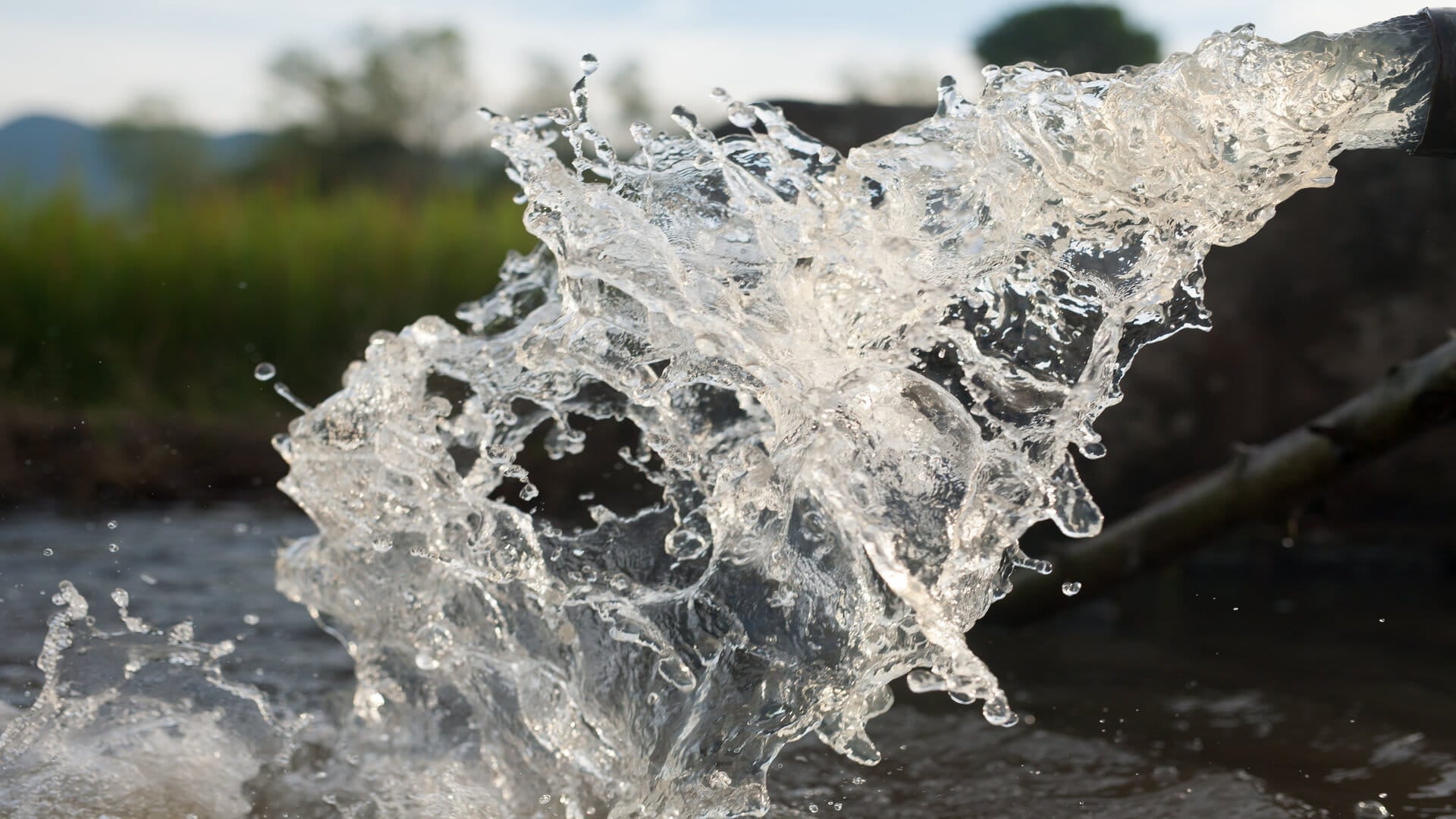Ending water scarcity starts with behaviour and policy

Water scarcity impacts 40% of the world’s population, according to the World Health Organization. And as the impacts of climate change accelerate, today’s dry regions are at risk of drought events. The result? Potentially, 700 million people being displaced from their homes by 2030.
To mitigate the effects of water scarcity, governments and local authorities across eastern Europe, the Middle East, and Africa are looking to develop their water masterplans. But while many will focus on building new infrastructure, the argument can be made there’s more to be gained by improving water monitoring, water efficiency, changing citizen behaviour, and adapting policy.
In several recent projects, we've seen promising results from creative approaches that go beyond building pipes and plant infrastructure. We've enabled clients to tackle water loss with more confidence -- and at far lower cost. Here's what we've learned.
New infrastructure doesn’t stop water loss and leakage – but monitoring and controlling can help
Many water authorities face challenges around water loss and leakage. But while it may be tempting to spend budget on new assets to increase capacity, new infrastructure doesn’t really solve the problem. In fact, it merely creates a greater surface area for potential water leakage in future.
If you want to get serious about solving water loss, you need to start by managing the water pressure in the first place. Pressures are traditionally often too high in the network, leading to more new bursts and leakage through existing leaks, as well as more energy usage. At the same time, monitoring the conditions of underground pipes helps utilities to detect and localize even the smallest bursts at an early stage to respond quickly to save water resources, energy and costs. With our Twinn Aqua Suite software, utilities can control the water supply in their network while reducing leakage and water loss.
With the right monitoring equipment, experts can interpret the data and find exactly where the problems are occurring. This gives a strong bedrock for sustainable water management, but it’s just the beginning of what you can achieve.
Water behaviour is more important than raw capacity
Even the greatest plant capacity can only do so much when citizens use water in unsustainable ways.
There are plenty of ways to adjust citizen perception and behaviour around water, but it can require some out-of-the-box thinking.
Educational programmes in schools can offer a centralised way to teach younger generations how to best conserve water. And advertising campaigns around water usage can have an even wider impact.
Even at policy level, key decisions can influence citizen behaviours around water. We recently helped a national water company in southeast Asia set higher, more realistic water tariffs to improve profitability and create a more sustainable organisation. At the same time, we found this helped citizens better understand the value of water – and work harder to preserve it.
Loss can start at the organisational level
Another major factor in water loss can be found at the strategic level in some water authorities. In many cases, our engineers and consultants support governments that divide drinking water, industrial water, and wastewater responsibilities and infrastructure across different departments.
These silos lead to missed opportunities to conserve water and create a circular economy. And the problem only gets worse when these departments are also cut off from other sustainability initiatives.
We found this as we worked with a water company serving a major city in southeastern Europe. Initially it looked to extract water from geographically dispersed water sources, and take on the cost and complexity of transporting water into the city from dozens of kilometres away.
Instead, we suggested ways to better integrate its drinking and wastewater organisations. With an integrated water management approach, the city’s water authority could extract more resources from wastewater and create a circular approach to water reuse.
Water loss isn’t easy to solve on your own
Finding ways to monitor systems, prevent loss, and reuse water all offer more sustainable approaches to water scarcity than building new facilities.
Similarly, efforts to educate and alter behaviour around water use can have a huge impact that scales across entire populations. If you can convince everyone to use even slightly less water, your resources will go much further.
But promoting these policy and behaviour changes is far from straightforward. They require immense amounts of expertise, collaboration, and sensitivity.
That’s why water authorities often work alongside experts from Haskoning to get strategic guidance, improve operations, complete systems assessments, and the hydraulics and process expertise they need to drive meaningful initiatives forward.
Got a question?
Contact our Water Technology experts!